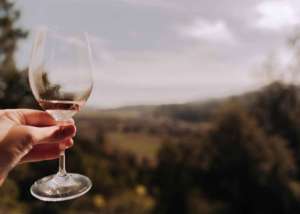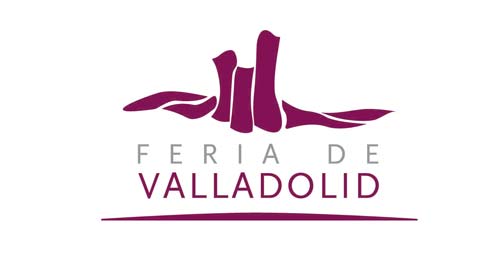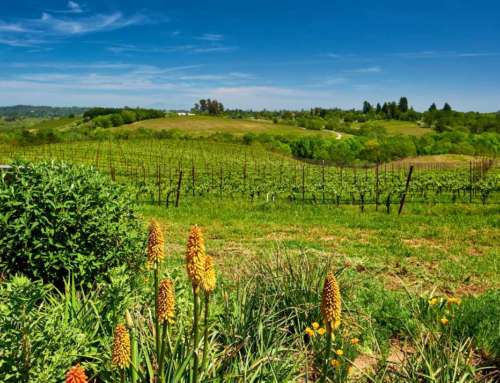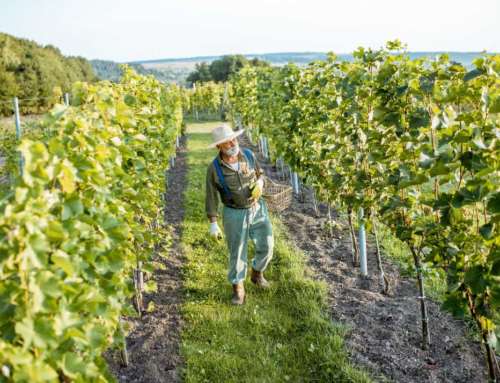What are the experiences most in demand by wine tourists?

The first two dates in March, the international wine tourism event par excellence will take place in Valladolid. The Trade Fair in the Castilian capital will be the venue for FINE #WineTourismExpo #Marketplace, with the aim of finding out about the latest developments in the world, with a view to the holiday periods of 2023.
The past year can give us some clues as to what wine tourists are looking for: specific places, the most sought-after experiences… A historical event such as the pandemic is logical that its effects are felt in subsequent years and the behaviour of wine lovers has not been far from the shadows of such an important event. Moreover, 2022 has been marked as the year of recovery of tourism after two holiday periods of living with demanding restrictions.
Rising trend: wine tourists are spending more
The XIII Demand Analysis Report elaborated by the Spanish Wine Routes Tourism Observatory translates the data to draw up a profile of the current wine tourists in Spain. As a general rule, wine tourists spend more for two reasons: wineries have invested in wine tourism activities with improved facilities and more personalised products have been created to make tourists feel at home.
The latest report of the Spanish Association of Wine Cities (ACEVIN), which collects data from the last half of 2021 and the first half of 2022, confirms the positive trend regarding wine tourism. The average stay is 2.47 days (which translates as a weekend). The organisation set the average expenditure at almost 500 euros per person (493.97 to be more precise). Following a simple rule of thumb, the expenditure can be set at 199.99 euros per person per day.
The enotourist sleeps in hotels and in couples
The type of accommodation chosen is another aspect pointed out in this study. In the penultimate study (covering the first half of 2021 and the last half of 2020), rural accommodation outperformed stays in 4-star hotels. However, the tables have turned and hotels are once again in the lead, but the difference is negligible: the option of staying in a hotel reached 21.72% while rural accommodation was only 5 tenths of a percentage point behind (21.29%). The similar figures between hotel and rural house may indicate that, after the situation experienced in 2020 and 2021, wine tourists are looking for a more intimate and uncrowded option.
And it is something that confirms the way they travel, as travelling as a couple is the most repeated option. Almost half of the wine tourists in the study (48.76%) choose to go with their romantic partner to seek peace and discover new wines to delight their palate. The second option is groups of friends, with an average group size of five people.
The main thing? See how wine is made
Despite the continuous innovations in the wine tourism offer, people still want to see the place where their favourite wine is born. The report to which we refer throughout the article states that visits to wineries continue to be the preferred option: 85.15% of wine tourists confirm that they have visited at least one winery. The average number of wineries visited stands at 2.06. Some of the activities correlated with wine tourism visits (visits to wine museums, nature activities…) are also supported by wine tourism.
As far as visits to wineries are concerned, there is one activity that is being well received, namely the open winery policies. In Spain, the wineries of La Rioja in particular are adopting this measure, as is the case in North America and France. The visits are spontaneous, without any kind of reservation, with the aim of having a fun time, without the need for a guided tour. This freedom to visit at any time and on any day increases the number of guided visits.







